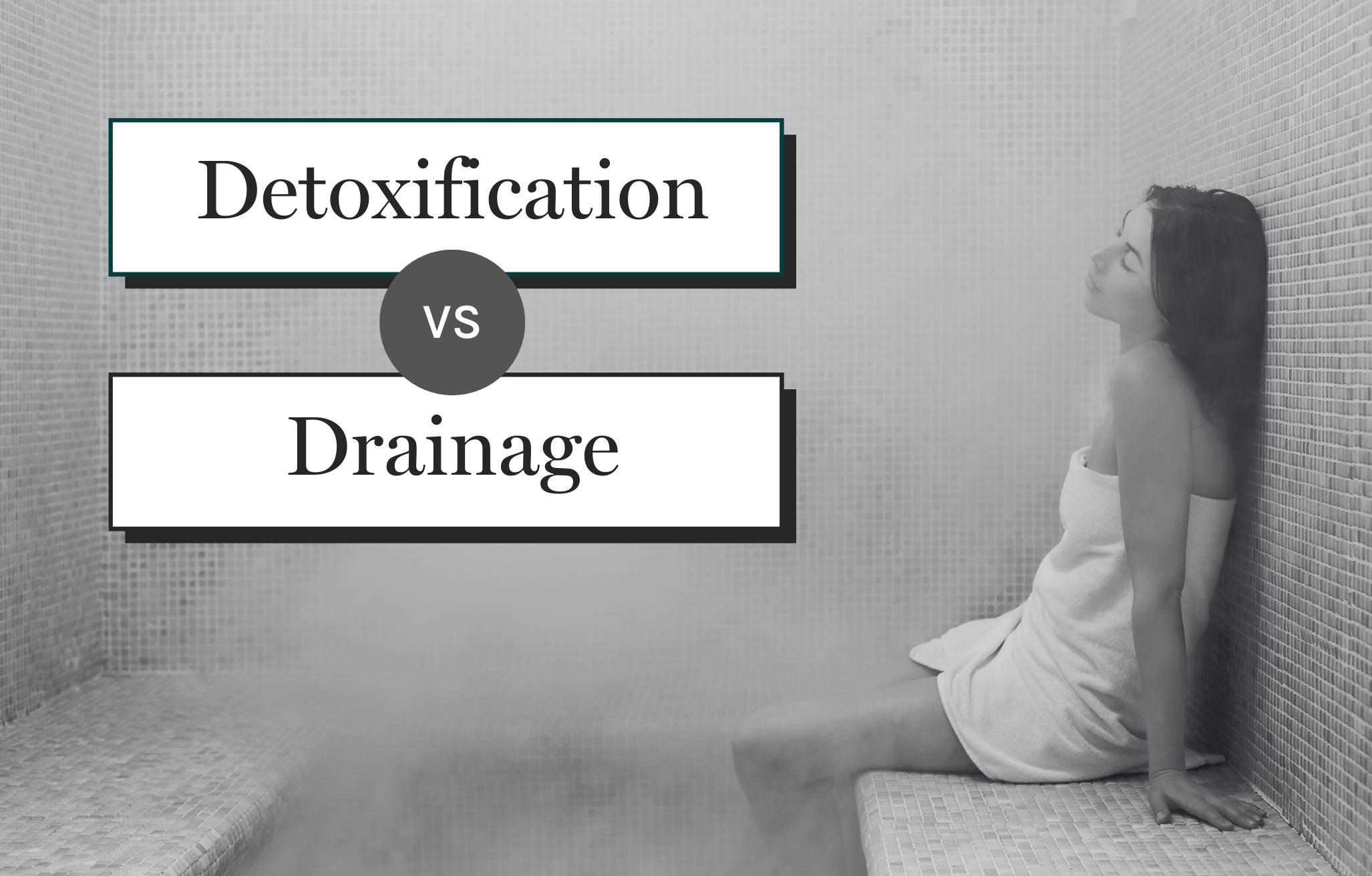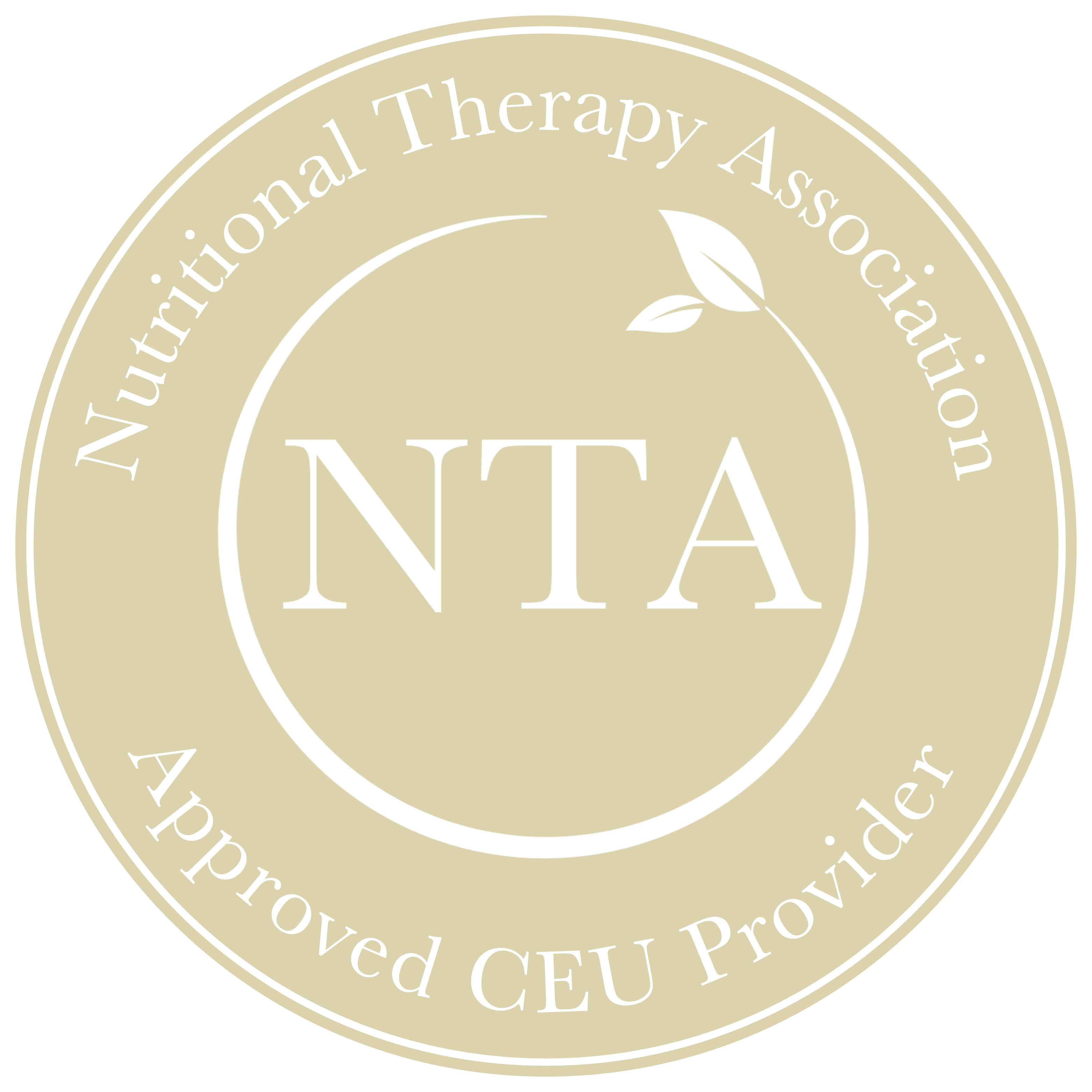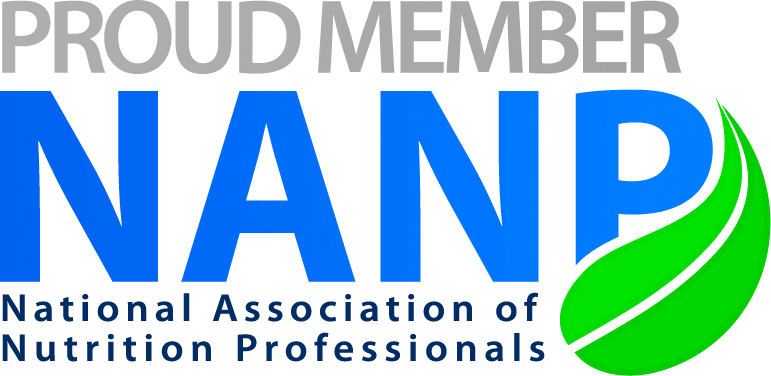Written by Ellen Lovelace, MPH FNTP Master RWP, Board Certified in Holistic Nutrition®
Ellen (she/her) has been actively working to educate and improve the public’s health for almost 20 years. Ellen received her Masters in Public Health from The George Washington University, and went on to run everything from tuberculosis prevention programs in Russia to dental health education programs along the Texas/Mexico border. She was also the founding Executive Director of the women’s health program at Stanford University. Read more…
Introduction
One of the most important elements to healing is detoxification. It plays a critical role in helping clients feel better, faster, as our systems simply can't heal if they're under the constant stress of an overwhelming influx of toxins. Supporting and relieving an overburdened detoxification system is often a key element in our clinical process.
As part of our work supporting detoxification pathways, we need to consider drainage. This related process has become increasingly popular amongst functional health practitioners as a starting point for their clients. And yet, drainage, how it fits into detoxification overall, and how and when it is supported is often misunderstood and oversimplified. Conflating the two and applying a one-size-fits-all approach can be ineffective and even dangerous. Detoxification and drainage are distinct and different, and it’s important to understand why those terms cannot be used interchangeably.
Detoxification is an essential physiological process that involves the removal of toxins through three main phases: modification, conjugation, and excretion. Each phase is critical in transforming toxins into less harmful compounds and then eliminating them from the body.
In both conventional and functional health contexts, “drainage” refers to the various processes through which the body mobilizes toxins, waste products, and remnants of pathogens. Today we’re exploring how enhancing natural drainage pathways—such as bile and lymphatic flow—can aid the body's detoxification efforts and pathogen removal. We also address the potential risks associated with overstimulating these processes, and the confusion in the functional health world caused by using the terms “detoxification” and “drainage” interchangeably.
The Physiology of Detoxification
Let’s start with the basics:
Detoxification unfolds in three phases—modification, conjugation, and elimination—each vital for transforming toxins into forms that can be excreted:
- Phase 1: Modification – The detox process begins by chemically altering toxins, preparing them for further processing. This often involves enzymes that increase the water solubility of toxins.
- Phase 2: Conjugation – After modification, toxins are bonded with other substances to enhance their water solubility and decrease toxicity, readying them for safe removal.
- Phase 3: Excretion – The final phase involves eliminating these processed toxins from the body. This involves the drainage fluids bile and lymph, as well as bowel movements, in effectively clearing toxins.
Typically associated with the liver, the phases of detoxification are also carried out by cells in the GI tract, brain, and kidneys, among other tissues and organs. (https://www.ncbi.nlm.nih.gov/books/NBK544353/)
Here’s where the confusion arises: Many practitioners conflate the excretion phase of detoxification, phase 3, with drainage. But this is not accurate. Phase 3 detoxification is a separate process from drainage. Drainage occurs both before detoxification–moving toxins out of tissues into the phase 1 and 2 detox processes in the liver and other organs–as well as after detoxification, moving the end-result conjugates out towards excretion. Think about it like this: detoxification is the purification of toxins, while drainage is the mobilization of toxins from cells and tissues towards the body’s elimination and excretion pathways.
Drainage: Mobilizing Toxins
So let’s talk about drainage specifically and its critical role alongside the detoxification process.
The movement of toxins in the body is supported by structures such as the extracellular matrix, which facilitates the distribution and filtration of interstitial fluids, and the epithelium, which plays a role in secretion across tissues. Bile and the lymphatic flow play key roles as well–essentially, anything that removes metabolic waste from the organs, glands, and tissues, and puts that waste into an excretory pathway, is activating drainage.
Bile and the lymphatic flows are interconnected components of the body’s broader detoxification and drainage systems, maintaining homeostasis and facilitating natural detox processes:
- Bile Flow: Produced by the liver, bile has a role in both detoxification and drainage. In detoxification, bile assists in the modification (phase 1) and conjugation (phase 2) of fat-soluble toxins into water-soluble forms. In phase 3 it serves as a transport medium for excreting detoxified substances via the intestines. In terms of drainage, bile promotes the movement of toxins and waste products through the hepatobiliary system (liver and gallbladder) into the digestive tract. When it's moving things, it's performing drainage. When it's assisting in phase 1 and 2, it's performing detoxification. Bile also helps in the digestion of fats, whose byproducts are transported by the lymphatic system, meaning these two processing systems are linked. (https://www.ncbi.nlm.nih.gov/pmc/articles/PMC3831216/)
- Lymphatic Flow: This secondary circulatory system helps maintain fluid balance, supports immune functions, and cleans out tissues by removing cellular waste and toxins. The lymphatic system, which drains and filters lymph fluid from tissues, also assists in transporting fats and fat-soluble waste towards the circulatory system. While bile directly eliminates toxins through excretion into the intestines, the lymphatic system clears other cellular debris from the tissues. (https://www.ncbi.nlm.nih.gov/pmc/articles/PMC3572233/)
Drainage as a First Step?
In the functional health space, there is a significant focus on supporting drainage as part of—or even before—a pathogen eradication protocol. As we’ve shown above, many functional health “experts” conflate detoxification and drainage into one concept, which can lead to confusion. It’s crucial to understand that there is no one-size-fits-all approach.
First, we need to clarify the intent of an intervention upfront. Is the goal to ensure proper functioning or to enhance a phase of detoxification? If the focus is on supporting true drainage, is the aim to improve a specific aspect like bile flow or lymphatic flow? Or is it meant to support bowel movements? These are vital considerations for every practitioner as they design a protocol. Generic “drainage” products may target various steps of the detoxification and drainage processes and may not be suitable for every client or clinical scenario.
In our Mastering the Art and Science of Nutritional Blood Chemistry and Clinical Mastery courses, we examine supporting all three phases of detoxification in detail, and the complexities and nuances of this process are far more than we can address in a simple blog. That said, it's important to understand the risks associated with possibly overstimulating the drainage processes.
Risks of Overstimulating Drainage Processes
While supporting drainage pathways is beneficial, just like with the phases of detoxification, excessive stimulation can lead to complications:
- Electrolyte Imbalance and Dehydration: Rapid increases in bile and lymph flow can cause significant fluid and electrolyte losses. (https://www.ncbi.nlm.nih.gov/pmc/articles/PMC3831216/)
- Liver Strain: Overburdening the liver by inducing increased drainage and detoxification can lead to hepatotoxicity, particularly if liver function is already compromised. (https://pubmed.ncbi.nlm.nih.gov/11812920/)
- Overstimulation of Bile Flow: Excessive bile flow might lead to gastrointestinal issues and affect the gut microbiome. If gallstones are present, stimulating bile flow can cause stones to move or obstruct. (https://www.ncbi.nlm.nih.gov/books/NBK459370/)
- Diarrhea: Focusing on aiding bowel movements should be done with caution, so as not to overly increase peristalsis.
Effectively optimizing drainage pathways such as bile and lymphatic flow, alongside ensuring regular bowel movements, is crucial for efficient detoxification and pathogen eradication. Employing strategic dietary choices, adequate hydration, herbal supplementation, and appropriate physical activity can support these processes. However, these strategies must be carefully managed to avoid adverse effects. Our Mastering the Art and Science of Blood Chemistry course goes more deeply into working with detox and drainage, with all new revised content just released for our September 2024 class.
To learn more about our comprehensive clinical training and how you can improve clinical outcomes in your practice, please visit our curriculum page.







